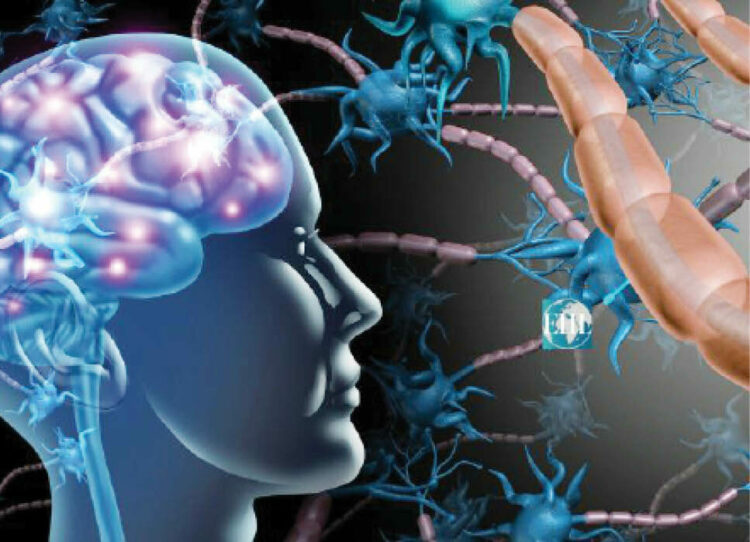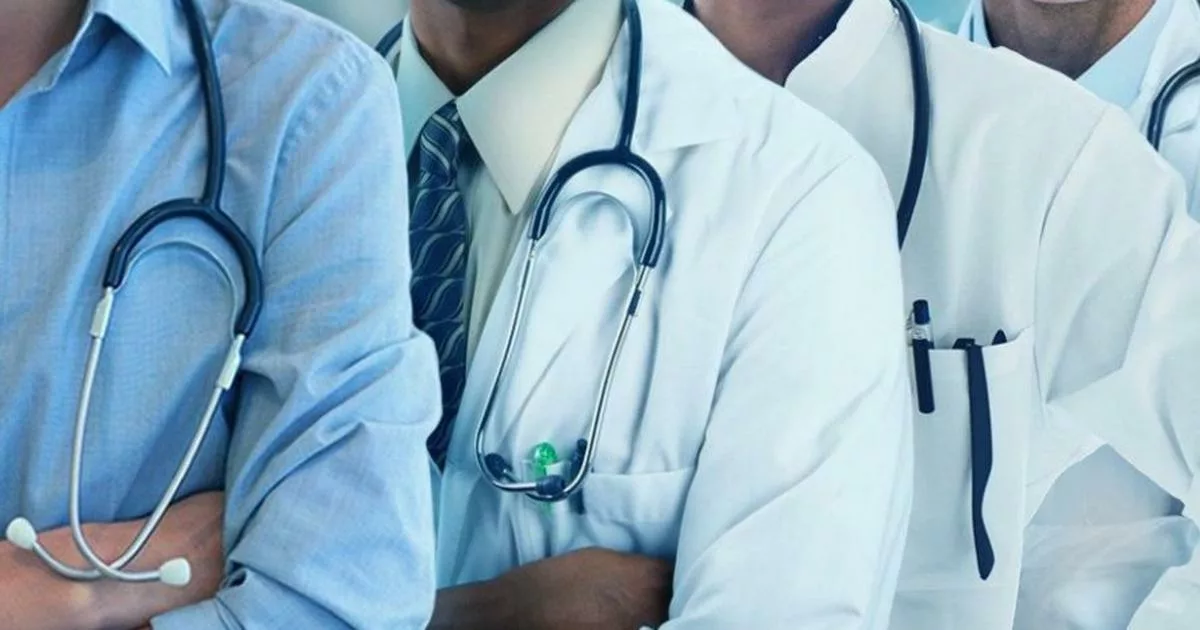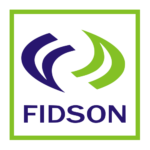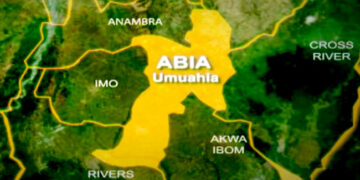If you’ve ever powered through a sweltering Lagos afternoon on two cups of coffee, a bottle of soda, and “just one sachet” of water, you’re far from alone. Across Nigeria, quiet dehydration has become part of daily life, people are working, commuting, hustling, even enduring long road trips, all while running on fumes. Dehydration doesn’t always make a grand entrance. Instead, it slips in subtly as brain fog, headaches, mood swings, palpitations, constipation, fatigue, dark urine, and during extreme heat, potentially dangerous heat stress. In a climate like ours, this isn’t just a lifestyle issue, it’s a growing public health concern.
Part of the problem is lifestyle drift. Urban workdays are packed with screens and stalled in traffic. We reach for sugary or caffeinated drinks to chase energy, confuse “not feeling thirsty” with “well hydrated,” and push water intake to later , only to forget. Layer in long commutes, inconsistent access to safe drinking water in some areas, and a heat-heavy climate that demands even more fluids, and you’ve got a perfect storm for chronic dehydration.
Research confirms that extreme heat in tropical Africa strains the heart, worsens breathing, and accelerates dehydration, especially for children, older adults, and people with chronic conditions (Niang et al., 2014). Earlier this year, public health advisories in Nigeria warned of increased risk of dehydration, fatigue, and productivity dips during hot spells (Nigerian Meteorological Agency, 2024).
There’s no one-size-fits-all number. Needs shift with heat, activity, body size, and health status. The European Food Safety Authority recommends about 2.0 litres/day for women and 2.5 litres/day for men, total water from all foods and beverages (EFSA Panel on Dietetic Products, Nutrition and Allergies, 2010). In hotter climates and active jobs, more is needed.
If you prefer practical cues, use your body’s dashboard: urine color. Studies show that pale-straw to light yellow generally suggests adequate hydration, while deeper yellows signal “drink now” (Armstrong et al., 1994).
Plain water protects mood, thinking, temperature regulation, and kidney health and helps avoid unnecessary calories. Health authorities, including the World Health Organization, advise replacing sugary drinks with water to reduce obesity and tooth decay risks (WHO, 2017). If you need flavor, infuse with citrus, cucumber, mint, or berries.
Dehydration often starts subtly: dry mouth, headache, dizziness, darker urine, constipation, unusual fatigue. On very hot days, symptoms such as cramps, rapid heartbeat, confusion, or fainting are medical red flags. Prevention is straightforward: drink steadily through the day, front-load before outdoor work, rehydrate after exertion, and eat water-rich foods such as citrus, watermelon, cucumbers, garden eggs, and soups (Popkin, D’Anci & Rosenberg, 2010).
Some people experience taste fatigue with plain water; infusions or unsweetened sparkling water can help (Daniels & Popkin, 2010). In some areas, access and trust in water quality are real barriers, leading to rationing. Older adults are also more likely to miss early thirst cues, a phenomenon documented in hydration studies (Phillips et al., 1984). And while sodas and sweetened teas feel satisfying, they can worsen dehydration during heat or illness, water should always come first (WHO, 2017).
A Nigerian hydration plan (that real people can keep)
Prime your day: One glass on waking, one mid-morning, one mid-afternoon, one evening, then add more around heat and activity.
Carry it: Keep a refillable bottle in your bag or car. Visibility drives action.
Flavor without sugar: Lemon-ginger, lime-mint, pineapple rinds boiled then cooled (no added sugar), or diluted zobo.
Eat your water: Build meals with fruits/vegetables and broths, okro soup, efo riro with plenty of veg, watery fruits for snacks.
Use the color check: Pale-straw urine most of the day means you’re on track. Dark? Drink now.
Heat-smart habits: Before outdoor errands or workouts, drink a glass; after, drink another. On very hot days, add an extra serving of fluid with a pinch of salt and a slice of fruit to replace electrolytes,bespecially if you sweat heavily (Sawka et al., 2005).
Protect kids And elders: Offer water regularly, don’t wait for them to ask. Schools and households should make water the default, not soda.
If someone develops confusion, rapid heartbeat, fainting, fever, or can’t keep fluids down, especially during heat, seek urgent care. Severe dehydration is a medical emergency; early intervention saves lives (Mayo Clinic, 2023).
Bottom line: In our climate, hydration is health insurance you can drink. Coffee has its place, zobo has its charm, but water is the workhorse, for clarity of mind, steady energy, heart and kidney health, and heat resilience. This week, make hydration intentional: put water within reach, watch your urine color, and teach your household the habit.
A nation that drinks smarter thinks clearer, works safer, and lives longer. Let’s end the silent dehydration epidemic, one glass at a time.











